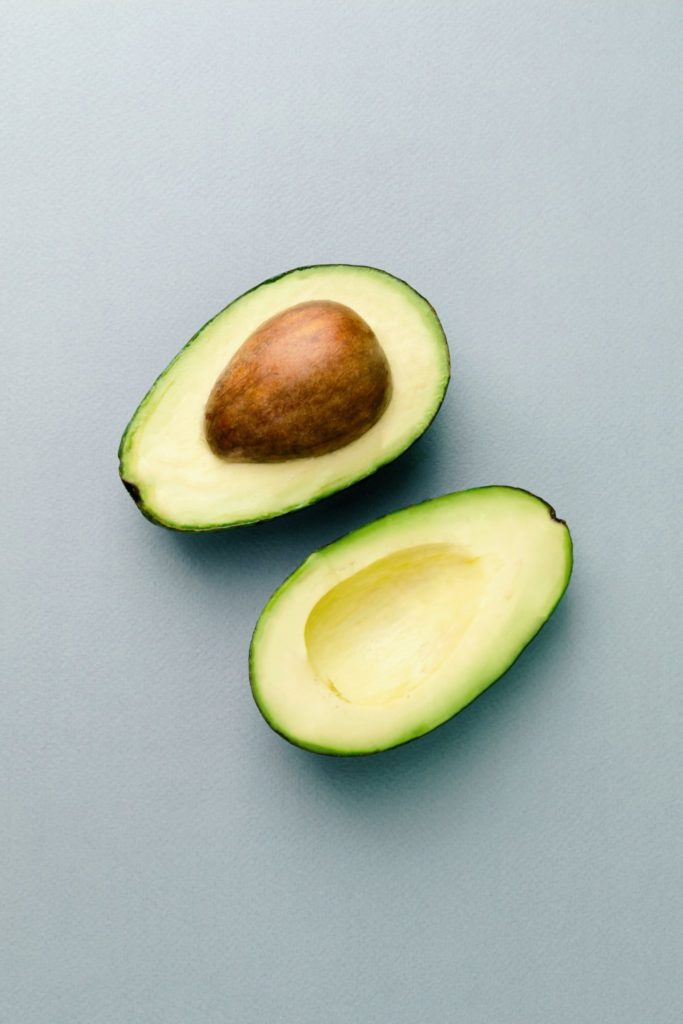There’s a reason you don’t pour vats full of fat down your sink; fat clogs up the drain and prevents the flow. Funnily enough, this is also exactly what happens to your arteries when you overload them with “bad” fats; namely, saturated fat and trans fat.
These fats cause plaque to form on the walls of your arteries. When your arteries are blocked up from this plaque buildup, oxygen-rich blood can no longer travel through the arteries to reach your heart, brain and other organs. And (you guessed it) heart attack and stroke are just around the corner.
So what can you do to reduce the risk of this happening?
Bad fats, blocked arteries and organ disease
When you eat foods high in saturated and trans fats, the cholesterol the foods contain is deposited in your arteries. When you eat too much of these fats, high deposits of fatty substances and cholesterol in your arteries (among other things) cause a plaque to form, and the arteries to harden and narrow. Artherosclerosis is the medical term describing this hardening and narrowing of the arteries (Athero is Greek for paste; sclerosis means hardness). Eventually, this buildup of plaque can become thick enough to actually restrict the blood flow through your arteries, or can even lead to ruptures and the formation of blood clots. These clots can then travel to other parts of the body.
A plaque-blocked artery, or a clot in the artery, affects the organ to which the artery is connected. In both cases the organ that is supplied by the artery is starved of blood and oxygen, and the organ’s cells may die or suffer severe damage. If the organ is the heart, the blockage or clot can cause a heart attack (coronary thrombosis); if the organ is the brain, the blockage or clot can cause a stroke. If blood supply to the arms or legs is restricted, it can cause difficulty with movement, and, eventually, gangrene.
The good news is that unsaturated fats, or “good” fats, can have the opposite effect by improving blood cholesterol levels, lowering platelet stickiness (platelets are the cells in the blood involved with the process of clotting) and reducing the adhesion of plaque to the artery walls.
Blood cell aerobics
Saturated fats further restrict blood flow through the arteries as they stiffen red blood cell membranes and increase blood viscosity (thickness). Stiff red blood cells are inflexible, and can’t easily navigate their way down the arteries. They can also pile up to form what look like stacks of coins, called rouleaux. In narrow blood vessels, this makes blood flow and oxygen release even more difficult.
But again, the good news is that unsaturated fats improve blood flow by reducing blood viscosity and increasing the flexibility of your red blood cells. Flexible blood cells can turn and twist themselves more easily, and thereby squeeze through tiny arteries and capillaries which are often half their diameter.
Good or bad? How to tell the big “fat” difference
It’s comforting news that some fats are not in the health “sin bin”. What’s important now, however, is to make sure you eat the right types of fats – some of them do need to stay permanently off the table – and the right amounts of fats. Replacing “bad” fats with “good” fats leads to much healthier cholesterol levels. When cholesterol levels are low, you have far less chance of atherosclerosis.
So how do you tell the difference between the good and the bad fats?
It’s not too difficult, actually. Fats that are described as saturated or trans fats are the most critical types to limit (limit your intake to a maximum of 10% of your total calories). Fats described as monounsaturated or polyunsaturated, on the other hand, are fats you should include regularly as part of a balanced diet. Overall, calories from fats should make up between 20% to 30% of your daily calorie intake.
Most food that contains fat will have a mixture of types of fat, but one fat will usually dominate. The following table shows the four main fat groups, with foods primarily containing each type of fat.
| Monounsaturated | Olives, olive oil, canola oil, peanut oil, cashews, almonds, peanuts and most nuts, avocados |
| Polyunsaturated | Corn, soybean, and safflower oils, fish |
| Saturated | Full cream milk, butter, cheese, ice-cream, red meat, chocolate, coconuts, coconut milk, coconut oil, palm oil |
| Trans | Vegetable shortening, partially-hydrogenated vegetable oil, some fast-foods, some commercial baked goods |
You can also check food labels for fat content. Although listing trans fat is not yet required in Australia, listing saturated fat is a requirement. If you read food labels before purchasing, and keep in mind which sorts of foods are high in trans fats, you should be able to work out whether a food is a “goodie” or a “baddie” in terms of its fat content. However, don’t forget to check the other nutritional values on the label too, especially the calorie content if you’re trying to manage your weight. And, as always, keep yoyr portion sizes under control, whether they’re full of good fats or not!
Related links:
References:
This article was compiled in consultation with Calorie King experts and in reference to the following sources:
American Heart Organisation, ‘Atherosclerosis,’ www.americanheart.org
Charlotte Grayson, MD, ‘Trans Fat Raises Bad Cholesterol,’ WebMD Medical News, April 2004, www.content.health.msn.com
Gordon M. Wardlaw, Contemporary Nutrition (2003), McGraw-Hill Higher Education, New York, pp 143-159

